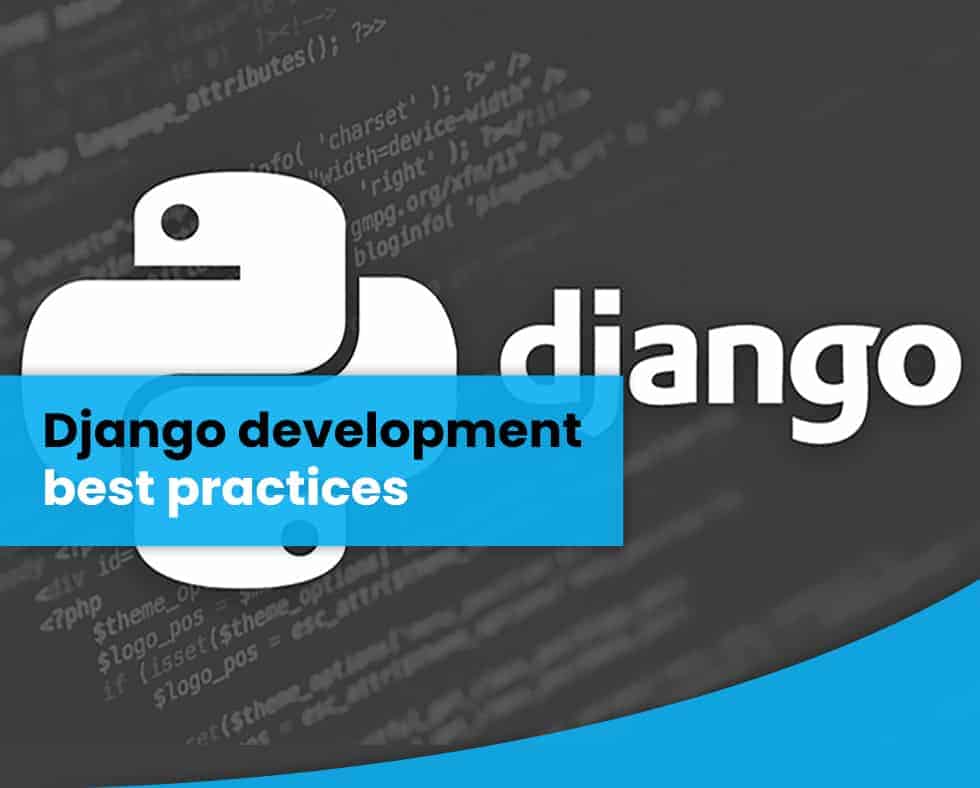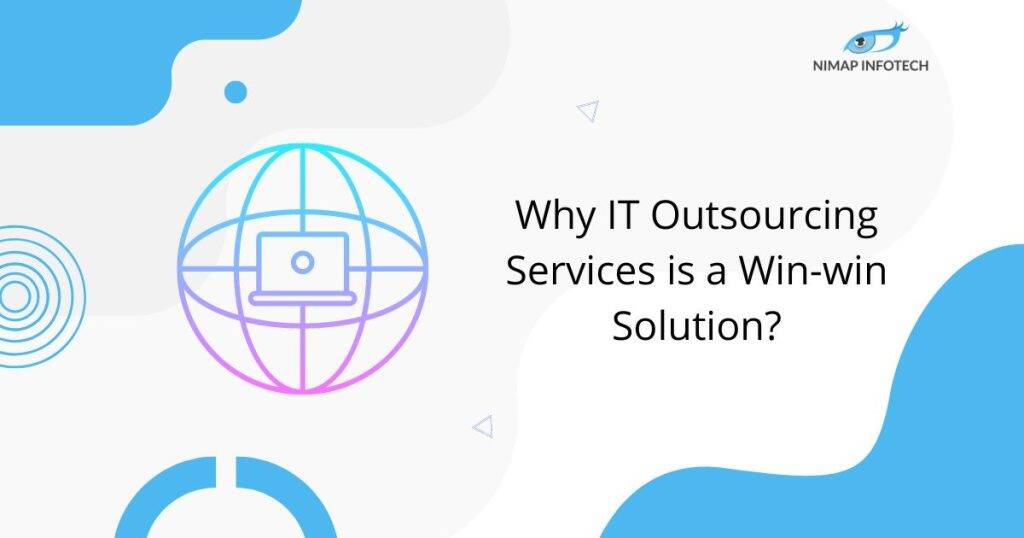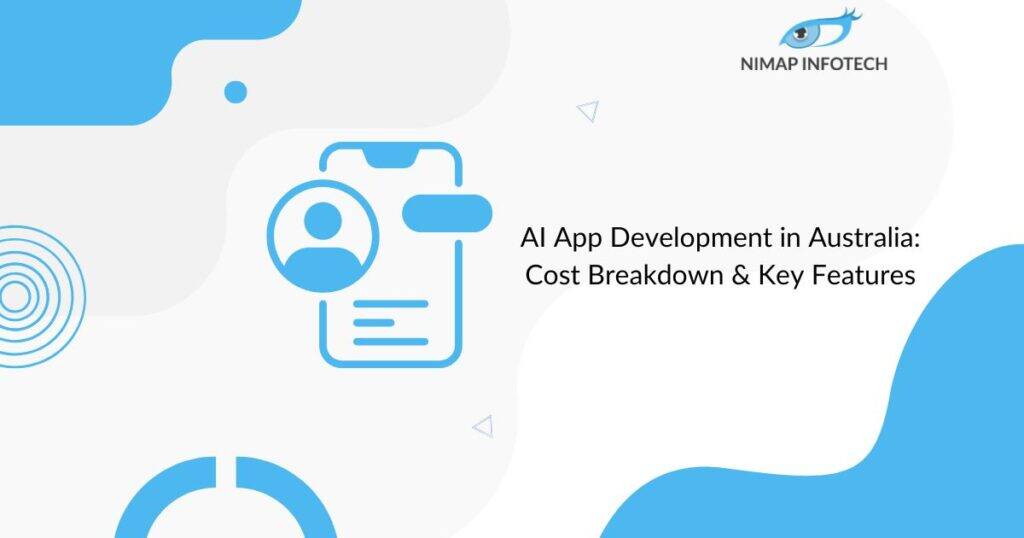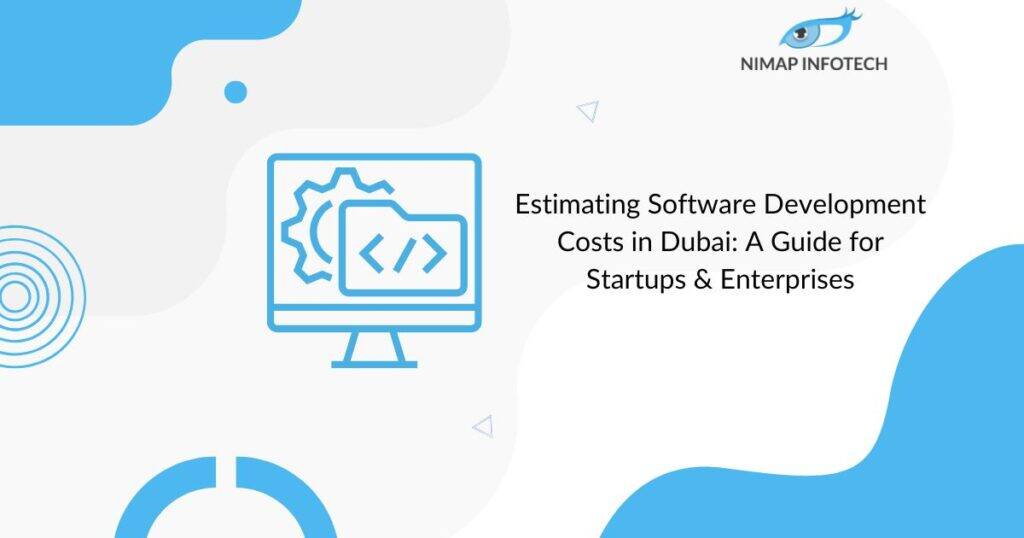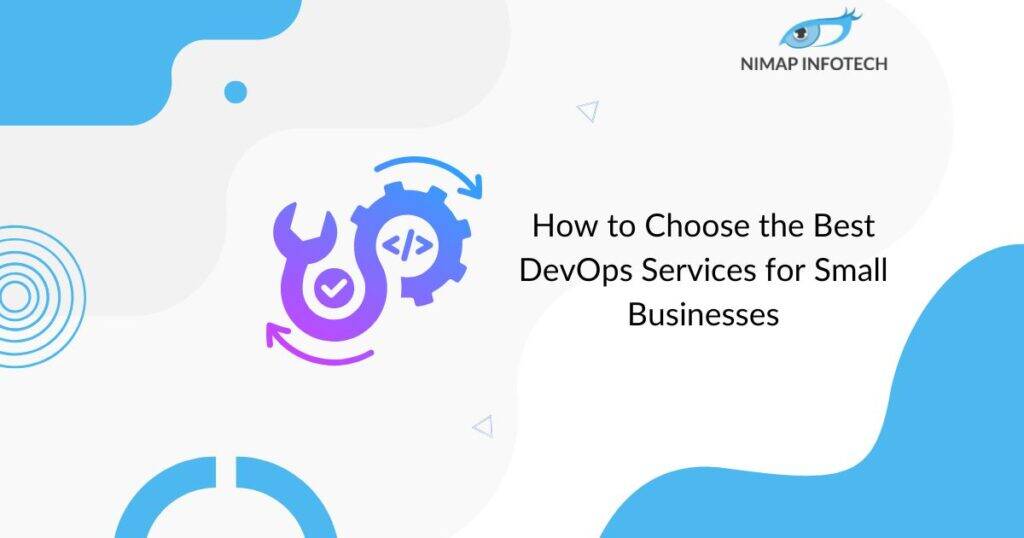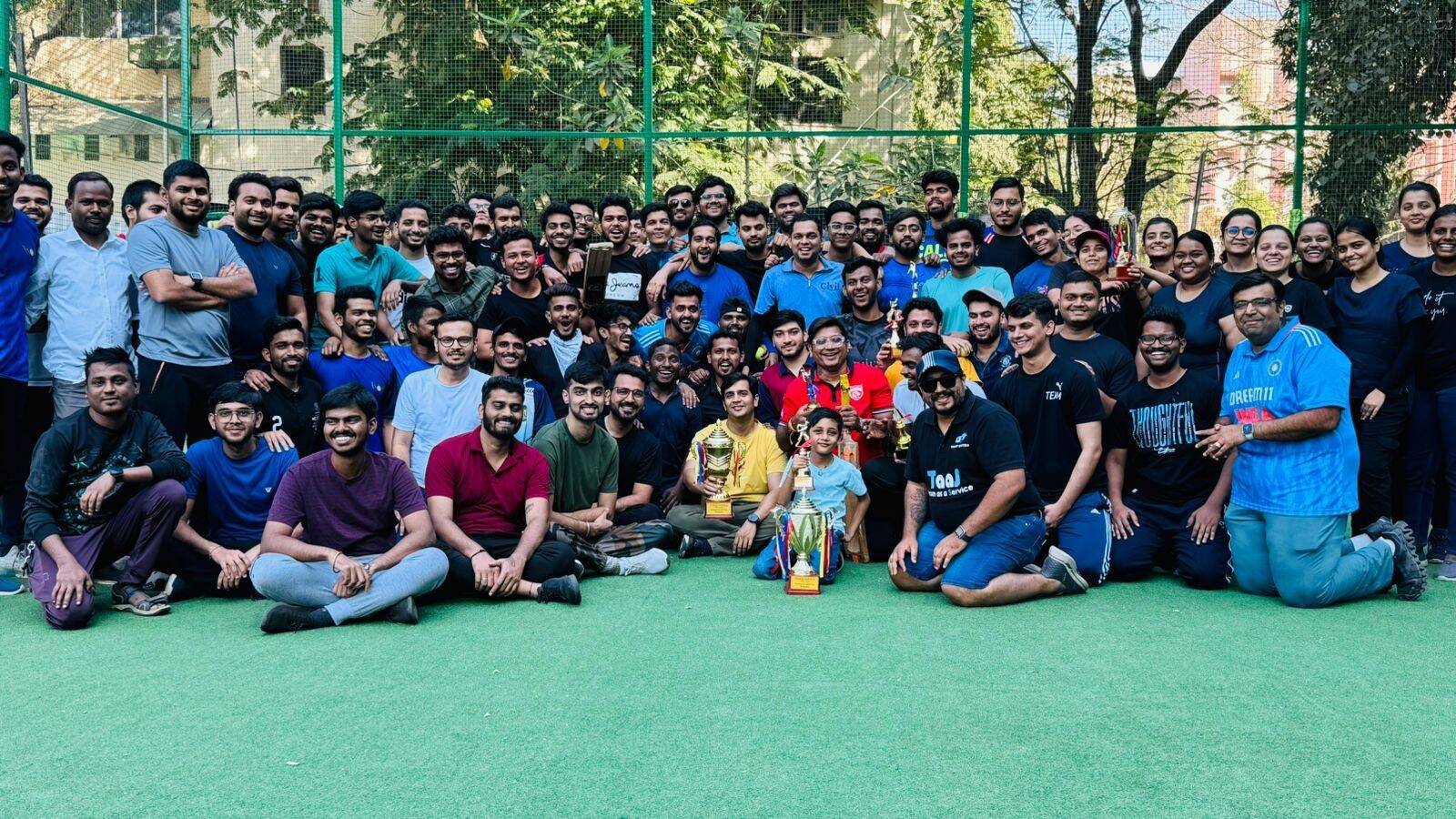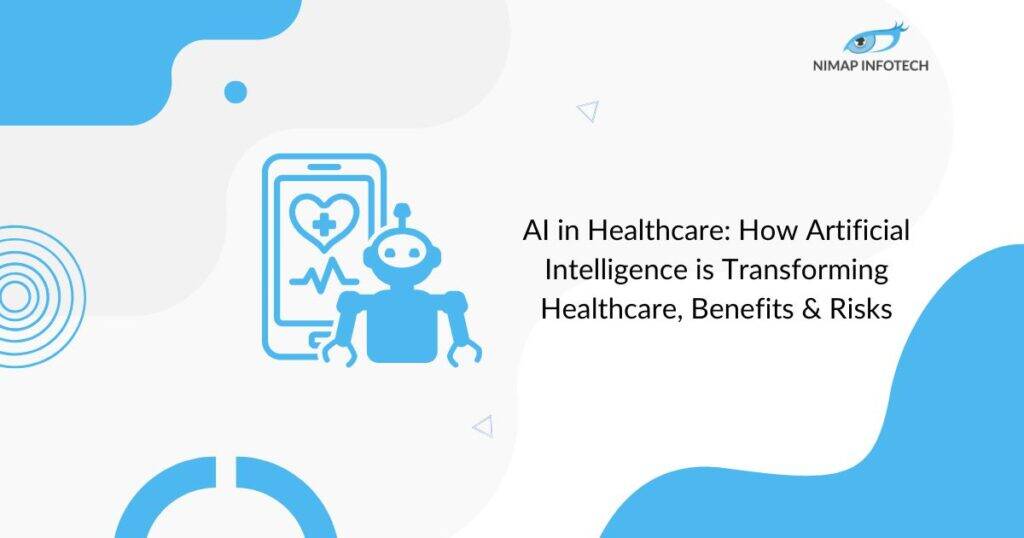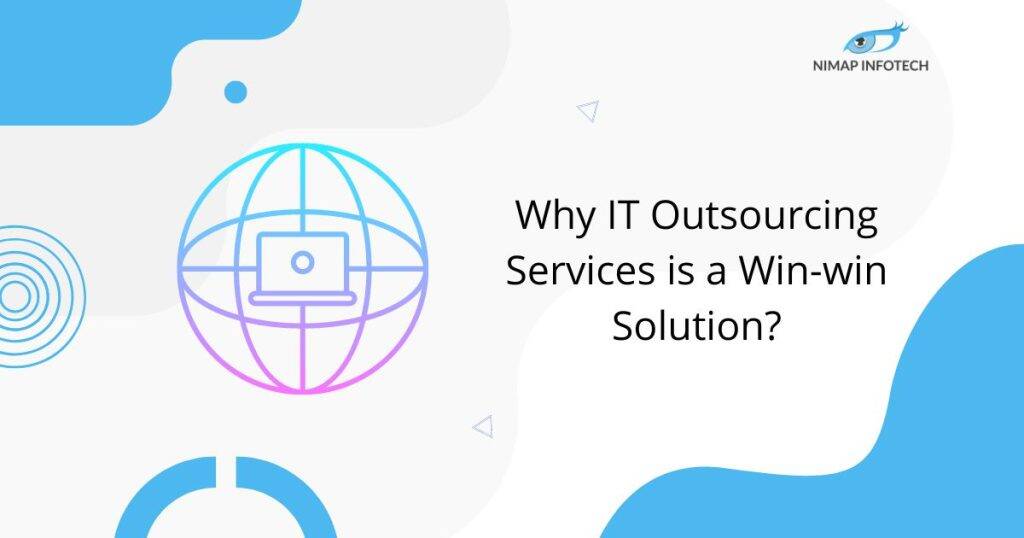Table of Contents
ToggleDjango Best Practices 2022
As a Python web framework that works on the highest level, Django enables programmers to build a many differently kinds of modern web applications. These will uses less and encourages clean code. Not only this but it also features being highly scalable. It also comes with a number of different useful features such as ORM, forms as well as admin interface for applications. This web framework is able to provide many different security features. These enables programs built using Django to protect the web applications from the impending malware threats of any kind. But the coders and programmers or developers still need to follow many different best practices. And build as well as deploy Django applications in much simpler and better way. Below we have highlighted best Django best practices.
7 Django Best Practices that Each Web Developer Must Note
1. Set up robust and Non-failing Database Connections:
Django enables its users to create and use a connection with the database in a variety of different of ways. But you can always set up a strong and persistent connections when you use PostgreSQL. When you do not use the non failing or persistent connection. Each of the requests will make a connection to the server that is being used individually. And the server will need to authenticate the user request for each connection. This can cause many overheads. Such as for example additional connection and authentication can easily result in different kinds of memory leaks. This will lead to a poor user experience. Each of the used persistent connection is able to remain alive for 10 minutes. And because of this the chances of memory leaks are drastically reduced.
2. Turn Cached Loading on:
The default configuration that Django uses allows developers to use two standard loaders for templates. But each time a request is created and made to each of the two templates loaders, it automatically will search the file system and will parse the configured templates. This process is bound to increases the response time that is used per request. Developers can always turn on and use the cached loading option by making changes in the configuration to tell Django to find and parse the required templates only once.
3. Store the Sessions in Cache
Django by its default nature stores all user sessions in the form of databases. So developers have to execute one or many SQL queries in order to retrieve the user session data from its respective database and obtain the required user object information for the user. Also, developers must clean the old user sessions that is already stored in the database, and this cleaning must happen at regular intervals. But as a developer you still have option to store the session data temporarily in the form of a cache by enabling the memcache option or with the help of tools like Redis. When the session data is being stored in cache, the SQL query can bypass the execution each time a request is created and made by the application. However, developers still need to store the session data into its respective database in the long run.
4. Keep the Application and Libraries Separate:
Django allows developers to store the application as well as the libraries in two distinct folders and make use of these folders as packages. So developers can create two folders inside the myproject folder and use them. The apps folder will be used for containing models, views and other such similar components of the project application. At the same time, developers can store all libraries as well as other different components of the project in the libs folder. However, it is equally important to use and import the apps as well as its libraries to the root Django project by making use of the correct path in the code.
5. Store All Templates in One Place:
As discussed in the above points, it is also important to store all templates as well as the template tags in the same place. You can also consider creating a Django application for containing these templates and template tags as a part of the project. However, you need to ensure that the Django app is being stored in the myproject folder. Likewise, the app should also be included settings.py file of the respective project.
6. Install HTML5 Boilerplate:
Developers are given the freedom to make the Django web application more responsive by making use of HTML5, CSS and JavaScript. Developers also have the option to download as well as install the HTML5 Boilerplate. The contents of the zip file should be stored inside the templates folder. However, developers must remember that the js and css folders will be remaining static. Developers also need to make respective changes to the index.html in order to link these folders to the project.
7. Monitor and Control Processes using Supervisor:
While deploying the respective Django application on UNIX, developers have option to monitor as well as control the processes using the help of a Supervisor. But the tool will require developers to create separate and independent configuration file for each of the processes. Once developers create the configuration files, the Supervisor will control all processes efficiently. It will also be able to further back up the processes, and use the backup in order to restore the processes in case of any kind of disruptions or interruptions.
The programmers and developes can always make use and avail more Django development tips. The tricks and best practices can always be followed by joining and following the robust Django community regularly for any updates. The members of the community are always eager to help programmers to resolve new problems.
Also Read: PHP with Laravel or Python with Django, which is best for web development?
Bonus Bits:
-
Right Model Naming:
It is by and large prescribed to involve particular things for model naming, for instance: User, Post, Article. That is, the last part of the name should be a thing, e.g.: Some New Shiny Item. It is right to utilize solitary numbers when one unit of a model doesn’t contain data regarding a few articles.
-
Relationship Field Naming:
For connections, for example, ForeignKey, OneToOneKey, ManyToMany it is here and there better to indicate a name. Envision there is a model called Article, – in which one of the connections is ForeignKey for model User. In the event that this field contains data about the writer of the article, writer will be a more fitting name than client.
-
Right Related-Name:
It is sensible to show a connected name in plural as related-name tending to returns queryset. Kindly, do set sufficient related-names. In most of cases, the name of the model in plural will be perfect.
-
Adding a Model by means of Migration:
On the off chance that you really want to add a model, having made a class of a model, execute sequentially manage.py orders makemigrations and move (or utilize South for Django 1.6 and underneath).
-
Denormalisations:
You ought not permit negligent utilization of denormalization in social information bases. Continuously attempt to keep away from it, with the exception of the situations when you denormalise information intentionally for anything the explanation might be (for example usefulness). On the off chance that at the phase of information base planning you comprehend that you want to denormalise a large part of the information, a decent choice could be the utilization of NoSQL. In any case, if a large portion of information doesn’t need denormalisation, which can’t be kept away from, contemplate a social base with JsonField to store a few information.
-
BooleanField:
Try not to involve null=True or blank=True for BooleanField. It should likewise be called attention to that it is smarter to determine default values for such fields. Assuming you understand that the field can stay vacant, you want NullBooleanField.
-
Business Logic in Models:
The best spot to apportion business rationale for your undertaking is in models, in particular technique models and model director. It is conceivable that strategy models can incite a few techniques/capacities. In the event that it is awkward or difficult to allot rationale in models, you want to supplant its structures or serializers in errands.
-
Field Duplication in ModelForm:
Try not to copy model fields in ModelForm or ModelSerializer without need. To indicate that the structure utilizes every model field, use MetaFields. In the event that you want to rethink a gadget for a field with nothing else to be changed in this field, utilize Meta gadgets to demonstrate gadgets.
-
Try not to utilize Object Does Not Exist:
Utilizing ModelName.DoesNotExist rather than ObjectDoesNotExist makes your exemption catching more specific, which is a positive practice.
Read More: Django vs Laravel: Which Web Application Framework to Choose?
Conclusion for Django Best Practices
We have discussed the top 7 best Django Best Practices that are being followed for Django web development. If you liked this blog then do check out our other blogs as well. For any kind of assistance in Django web development, kindly contact us at enquiry@nimapinfotech.com. You can also alternatively contact us at info@nimapinfotech.com.
Author
-

Sagar Nagda is the Founder and Owner of Nimap Infotech, a leading IT outsourcing and project management company specializing in web and mobile app development. With an MBA from Bocconi University, Italy, and a Digital Marketing specialization from UCLA, Sagar blends business acumen with digital expertise. He has organically scaled Nimap Infotech, serving 500+ clients with over 1200 projects delivered.
View all posts

